Chinmaya tharu vir pazhuthidu
Theengani chuvai aaginon;
Thanmaya poruLaaith thanithidu
Sachidhanandam aaginon.
Word meaning
chinmayam (chit mayam)= embodiment of wisdom, full of wisdom; tharu = tree; pazhuthidu = (process of) ripening; theengani = sweetest fruit; suvai = taste; aaginon = (he) became; thanmayam = one’s own nature; thanithu = separate; sachidanandam = sat chit ananda.
Meaning
Our Ramana is like the sweetest fruit on the tree of wisdom, he sits established in his Self. He is one with Self. He is Truth Consciousness Bliss personified.
In Guru Stotra there is a verse that refers to chinmayam (it’s split as chit mayam where chit is wisdom/consciousness and mayam is full of or pervaded with).
Chinmayam Vyapi yat-sarvam trailokyam sacharacharam
Tatpadam darshitam yena tasmai Shri Gurave Namah
Meaning: My salutations to that glorious Guru, who revealed to me that self-effulgent divinity (the pure unconditioned consciousness) which pervades all the three worlds, with all its movable and immovable objects.
Of all the parts of a tree, it is the ripe fruit that gives us the most happiness and pleasure through its delicious taste. Ripeness is a stage in spiritual development also. It is customary in Saivism to refer to a very ripe bhaktha as ‘Siva Pazham’ literally meaning Siva Fruit.
Bhagavan mentions ripeness of fruit in Aksharamana malai:
61 naindhazhi kanıyal nalanilai padhathil
naadi utkoL nalam Arunachala
Meaning
Fruit that’s too ripe will be rotten, there’s no use in eating it. Eat the fruit when it’s at just the ripe stage and enjoy Arunachala!
All of us seek out the sweetness of the ripest fruit, which could explain why SV compares Bhagavan to a ripe fruit on the tree of wisdom (chinmayam is also Consciousness). It is the fragrance from such ripeness that is still attracting devotees from around the world. Not just the material world, as Bhagavan has often said that Siddhas came to visit him as dogs, birds, snakes, (there was even a mongoose) and other animal forms.
Established as the Self, he embodies pure sat chit ananda, bliss consciousness. Countless devotees have described Bhagavan’s statue-like appearance radiating waves of peace and bliss when he was looking at his beloved Arunachala through the window of the Old Hall, and when he was listening to Veda parayana and on many other occasions such as his jayanti day.
Once a devotee asked Bhagavan what was the difference between Bhagavan of now and Bhagavan of Virupaksha Cave days, to which Bhagavan replied, ‘Nothing. I used to keep my eyes closed then, now I keep them open’*. In another answer explaining being in the Self, Bhagavan said, ‘Thannai thaan kaaNbavanukku anniyamai edhuvum kaaNapadadhu’*, meaning to one who has ‘seen’ himself, there won’t be anything outside to see. It is this state that Bhagavan was always in and was guiding devotees according to the state they were in.
* From Kadidhangal by Suri Nagamma
Theengani chuvai aaginon;
Thanmaya poruLaaith thanithidu
Sachidhanandam aaginon.
Word meaning
chinmayam (chit mayam)= embodiment of wisdom, full of wisdom; tharu = tree; pazhuthidu = (process of) ripening; theengani = sweetest fruit; suvai = taste; aaginon = (he) became; thanmayam = one’s own nature; thanithu = separate; sachidanandam = sat chit ananda.
Meaning
Our Ramana is like the sweetest fruit on the tree of wisdom, he sits established in his Self. He is one with Self. He is Truth Consciousness Bliss personified.
In Guru Stotra there is a verse that refers to chinmayam (it’s split as chit mayam where chit is wisdom/consciousness and mayam is full of or pervaded with).
Chinmayam Vyapi yat-sarvam trailokyam sacharacharam
Tatpadam darshitam yena tasmai Shri Gurave Namah
Meaning: My salutations to that glorious Guru, who revealed to me that self-effulgent divinity (the pure unconditioned consciousness) which pervades all the three worlds, with all its movable and immovable objects.
Of all the parts of a tree, it is the ripe fruit that gives us the most happiness and pleasure through its delicious taste. Ripeness is a stage in spiritual development also. It is customary in Saivism to refer to a very ripe bhaktha as ‘Siva Pazham’ literally meaning Siva Fruit.
Bhagavan mentions ripeness of fruit in Aksharamana malai:
61 naindhazhi kanıyal nalanilai padhathil
naadi utkoL nalam Arunachala
Meaning
Fruit that’s too ripe will be rotten, there’s no use in eating it. Eat the fruit when it’s at just the ripe stage and enjoy Arunachala!
All of us seek out the sweetness of the ripest fruit, which could explain why SV compares Bhagavan to a ripe fruit on the tree of wisdom (chinmayam is also Consciousness). It is the fragrance from such ripeness that is still attracting devotees from around the world. Not just the material world, as Bhagavan has often said that Siddhas came to visit him as dogs, birds, snakes, (there was even a mongoose) and other animal forms.
Established as the Self, he embodies pure sat chit ananda, bliss consciousness. Countless devotees have described Bhagavan’s statue-like appearance radiating waves of peace and bliss when he was looking at his beloved Arunachala through the window of the Old Hall, and when he was listening to Veda parayana and on many other occasions such as his jayanti day.
Once a devotee asked Bhagavan what was the difference between Bhagavan of now and Bhagavan of Virupaksha Cave days, to which Bhagavan replied, ‘Nothing. I used to keep my eyes closed then, now I keep them open’*. In another answer explaining being in the Self, Bhagavan said, ‘Thannai thaan kaaNbavanukku anniyamai edhuvum kaaNapadadhu’*, meaning to one who has ‘seen’ himself, there won’t be anything outside to see. It is this state that Bhagavan was always in and was guiding devotees according to the state they were in.
* From Kadidhangal by Suri Nagamma

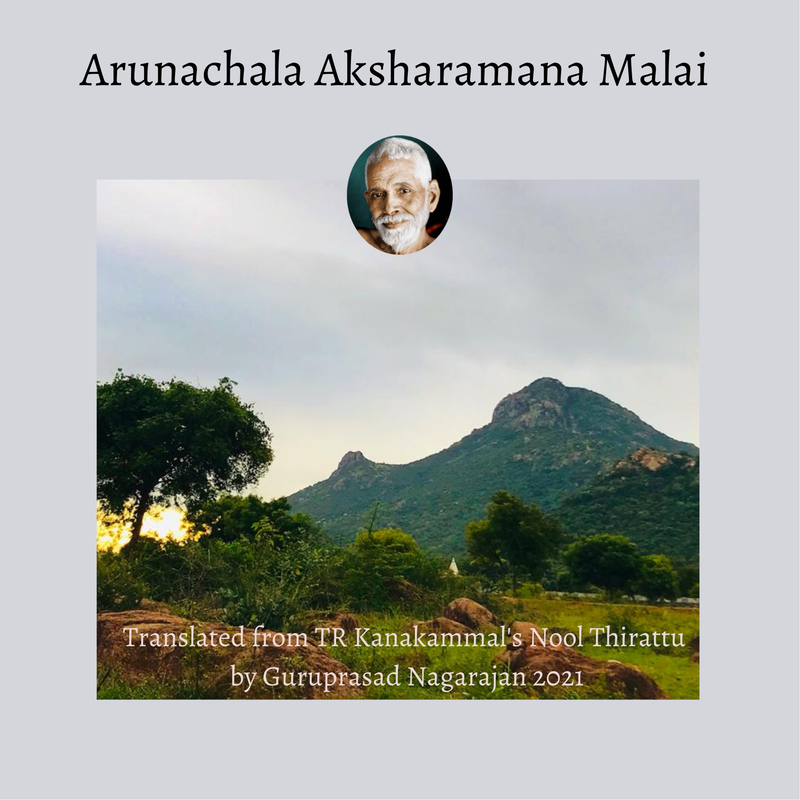
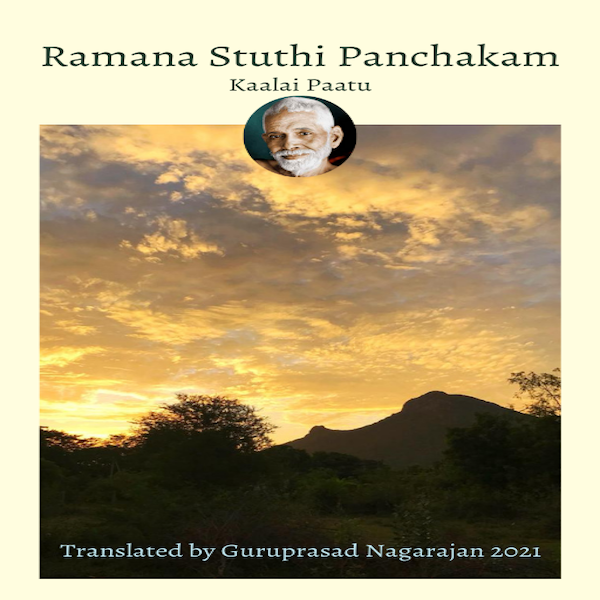
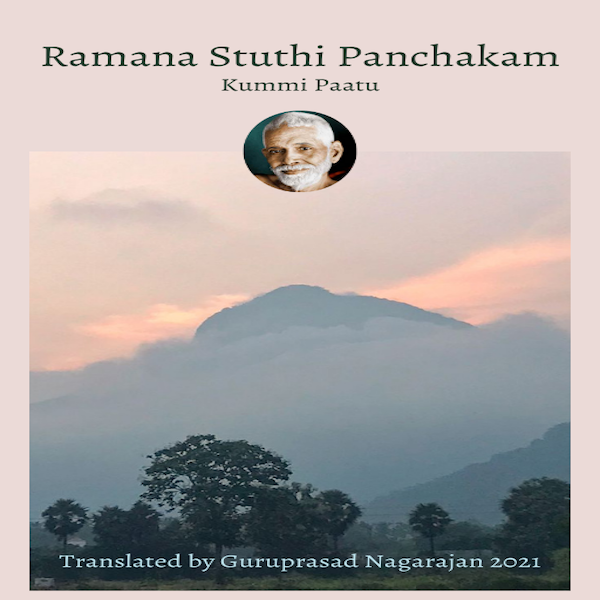
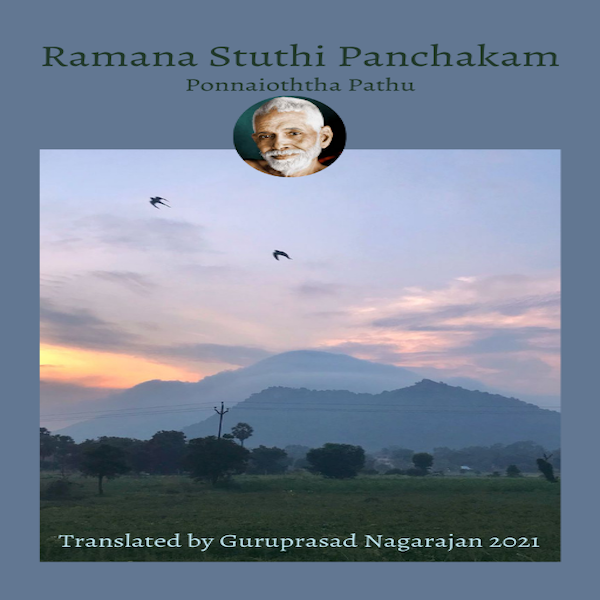
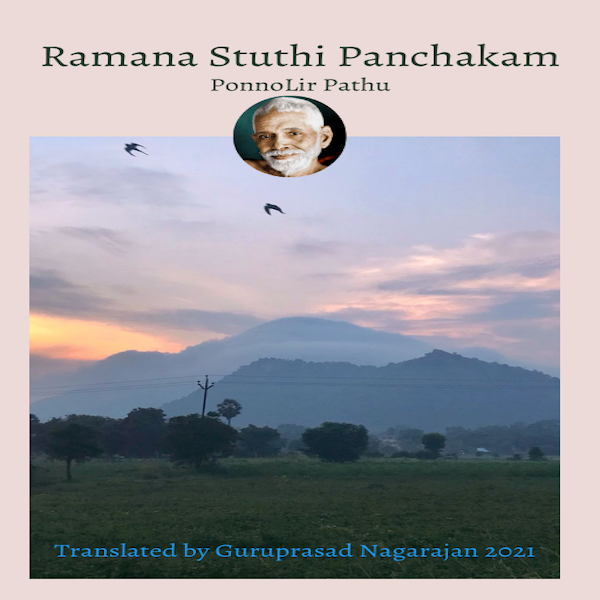
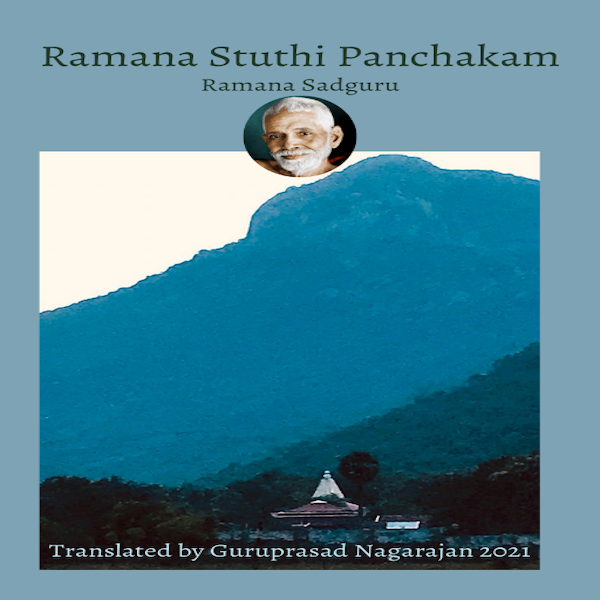
 RSS Feed
RSS Feed